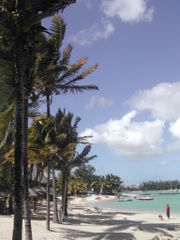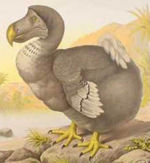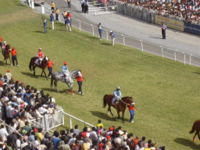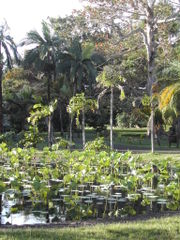

culture
the cuisine of mauritius is a blend of indian cuisine, creole, chinese and european. it is not uncommon for a combination of cuisines to form part of the same meal. the "cari poule" or chicken curry, for example, is a very popular dish. the "mine-frit" (chinese fried noodles) and "niouk nien" (dumplings) are loved by all and readily bought by the mauritian community either in restaurants or on the sidewalks of main streets. 'alouda' (a milk-based drink with basil seeds) has become a typical mauritian drink and the 'dholl puri' can be considered a favourite with all communities.
the historical evolution of the rum industry in mauritius is no less enriching than that of the caribbean or that of south america.
sugarcane was first introduced on the island when the dutch colonised it in 1638. even then, the propensity of making rum out of sugarcane was strongly recognised. sugarcane was mainly cultivated for the production of “arrack”, a precursor to rum. only much later, almost 60 years after, that the first proper sugar was produced. however, it was during the french and english administration, that sugar production was fully exploited. this highly contributed to the economical development of the island. it was mr. pierre charles françois harel who initially proposed the concept of local distillation of rum in mauritius, in 1850. in part due to his efforts, mauritius today houses three distilleries (grays, medine & st aubin) and is in the process of opening another three.
the sega is the local folklore music. sega has african roots, and the music is produced using goat-skin percussion instruments called ravane and metallic clicks using metal triangles. the song usually describes the miseries of slavery, and has been adapted nowadays as social satyres to voice out inequalities as felt by the blacks. the rhythm, however, remains very festive and while the men are at the instruments, the creole women gyrate in large fluid and revealing skirts with bright colours. shows are regularly hosted in the coastal hotels.
 in
1847, mauritius became the fifth country in the world to issue postage
stamps. the two types of stamps issued then, known as the red penny and
the blue penny are probably the most famous stamps in the world, being
very rare and therefore also very expensive.
in
1847, mauritius became the fifth country in the world to issue postage
stamps. the two types of stamps issued then, known as the red penny and
the blue penny are probably the most famous stamps in the world, being
very rare and therefore also very expensive.
when discovered, the island of mauritius was home to a previously unknown species of bird, which the portuguese named the dodo (simpleton), as they appeared not too bright. however, by 1681, all dodos had been killed by settlers or their domesticated animals. an altnerate theory suggests that the imported wild boar destroyed the slow breeding dodo population. nevertheless, the dodo is prominently featured as a supporter of the national coat-of-arms .
 horse
racing (april - december) is undeniably the most popular sport on the
island and the electrifying ambiance at port louis (champ de mars), notably
for the maiden cup (listed race), is unique in world racing.
horse
racing (april - december) is undeniably the most popular sport on the
island and the electrifying ambiance at port louis (champ de mars), notably
for the maiden cup (listed race), is unique in world racing.
the island has also given rise to a diversified literature, prominent in french, english, creole and hindi languages
